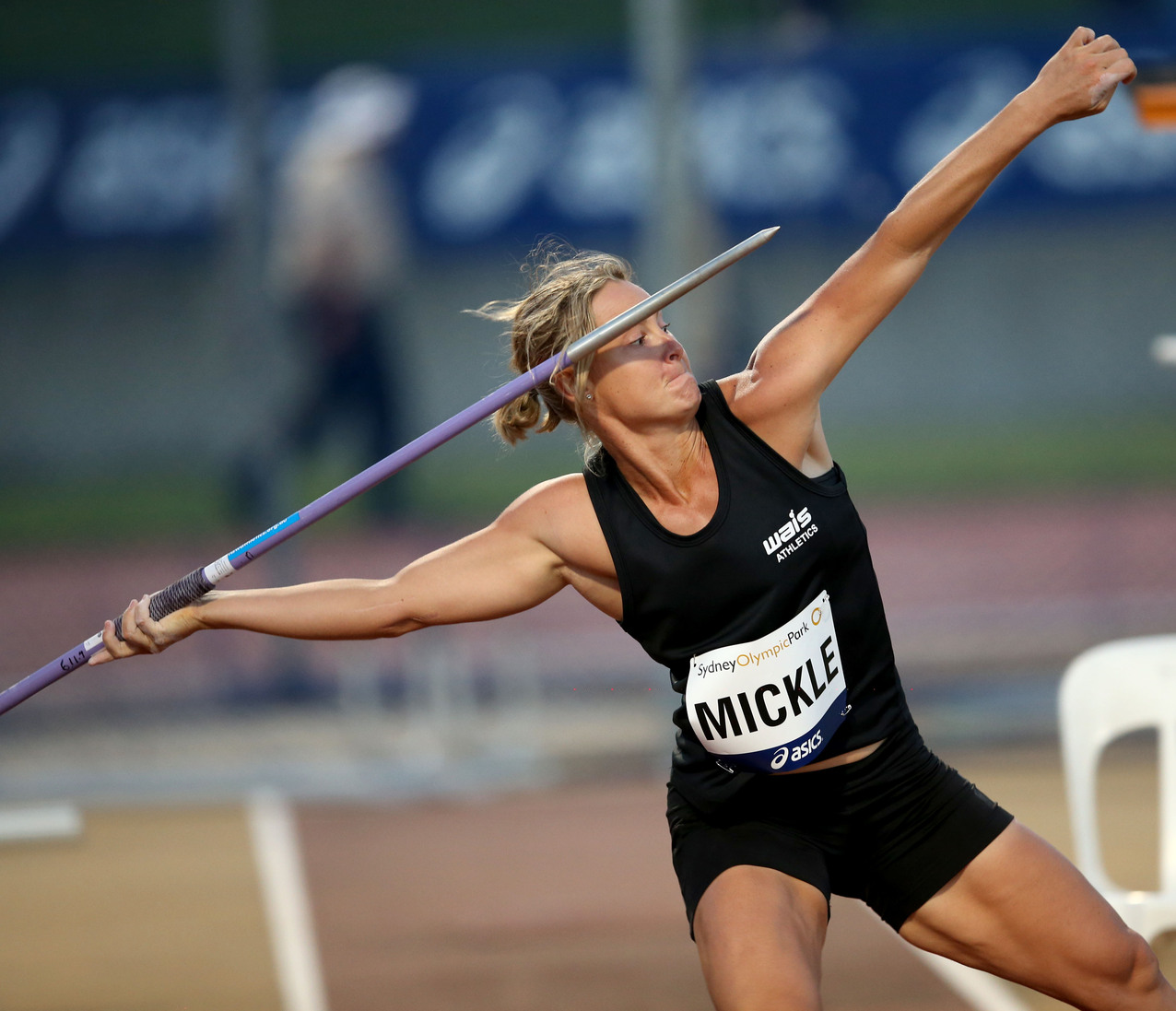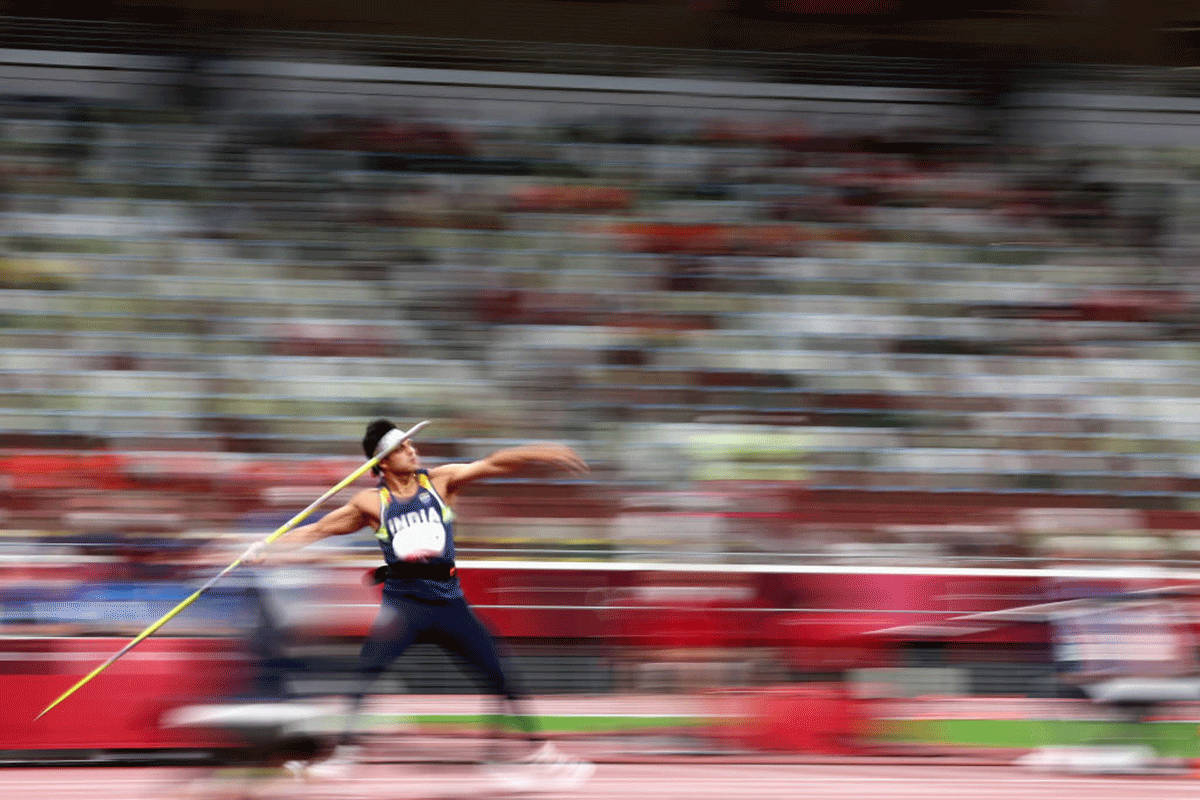The History and Evolution of Men’s Javelin Throw

The javelin throw, a thrilling event in track and field, has a rich history spanning millennia. From its origins as a hunting tool to its modern-day status as an Olympic sport, the javelin throw has undergone significant transformations in technique, rules, and equipment. This evolution reflects the sport’s adaptability and its continuous pursuit of excellence.
The Origins of Javelin Throwing
Javelin throwing, in its rudimentary form, dates back to prehistoric times. Early humans used spears and javelins for hunting and warfare. These tools were essential for survival, and their effective use required precision, strength, and coordination. The act of throwing a spear or javelin was an integral part of human life, and its significance is reflected in ancient cave paintings and archaeological finds.
Early Forms of Javelin Throwing
Throughout history, javelin throwing has been practiced in various forms and for different purposes. In ancient Greece, javelin throwing was included in the pentathlon, a multi-event competition that tested athletes’ strength, speed, and agility. Ancient Romans also incorporated javelin throwing into their military training. This practice aimed to improve soldiers’ accuracy and throwing skills, essential for combat.
The Modernization of Javelin Throwing
The late 19th century witnessed the emergence of modern athletics, and javelin throwing became a recognized sport. The first official javelin throw competition was held in 1870 in England. This event marked the beginning of a structured approach to the sport, with standardized rules and regulations.
The Evolution of Javelin Throw Rules
The rules of javelin throwing have evolved over time to enhance safety and promote fair competition.
- Early rules allowed athletes to throw the javelin with a running start, leading to excessive distances and safety concerns.
- In the 1930s, the rules were revised to require athletes to throw the javelin with a stationary start, limiting the running distance and emphasizing technique over raw power.
- The javelin itself underwent changes in design, with the introduction of a center of gravity closer to the tip. This change resulted in a more stable flight path and reduced the risk of the javelin landing point-first.
The Olympic Games and Javelin Throw
Javelin throwing became an Olympic sport in 1906 at the Intercalated Games in Athens. The event has been a mainstay of the Olympic program since 1908, showcasing the world’s best javelin throwers.
- The sport has seen remarkable advancements in technique and equipment, leading to consistent increases in throwing distances.
- Olympic javelin throw competitions have witnessed legendary athletes like Jan Železný of the Czech Republic, who holds the world record with a throw of 98.48 meters.
Techniques and Strategies in Men’s Javelin Throw

The men’s javelin throw is a complex event that requires a combination of strength, speed, and technique. Athletes must master a series of intricate movements to achieve maximum distance. This section delves into the key techniques and strategies employed by javelin throwers to optimize their performance.
Grip and Hold, Men’s javelin throw
The grip is crucial for controlling the javelin during the throw. Athletes typically hold the javelin with their dominant hand near the javelin’s center of gravity, while their non-dominant hand provides support. The grip should be firm but not overly tight, allowing for a smooth and controlled release. Different grip positions, such as the “V-grip” or the “hammer grip,” offer varying levels of control and leverage, impacting the javelin’s trajectory and distance.
Run-Up
The run-up is a critical phase, accelerating the athlete and building momentum for the throw. The run-up distance varies depending on individual preferences and biomechanics. Athletes typically run in a straight line, gradually increasing their speed and stride length as they approach the throwing point. The final few strides are crucial, ensuring a smooth transition into the throwing motion.
Release
The release is the culminating moment of the throw, where the athlete transfers all their built-up energy into the javelin. The release technique involves a combination of arm and body movements, aiming to achieve a smooth, powerful, and accurate launch. The javelin should be released at an optimal angle, typically around 35-45 degrees, to maximize distance.
Follow-Through
The follow-through is the final phase of the throw, ensuring a smooth and controlled release. After releasing the javelin, the athlete’s body continues to move forward, maintaining balance and preventing unnecessary strain. The follow-through helps ensure the javelin’s trajectory remains stable and minimizes the risk of injury.
Javelin Throwing Styles
Javelin throwing styles have evolved over time, with athletes seeking to maximize distance and efficiency. Two primary styles dominate the modern javelin throw: the “Finnish style” and the “Western style.”
Finnish Style
The Finnish style, popularized by Finnish athletes, emphasizes a high release point and a powerful, overhand throw. Athletes using this style typically adopt a more upright body posture during the run-up, releasing the javelin at a steep angle. This style allows for greater vertical velocity, potentially achieving longer distances.
Western Style
The Western style, originating in Western Europe, focuses on a lower release point and a more horizontal throwing motion. Athletes employing this style tend to have a lower body posture during the run-up, releasing the javelin at a shallower angle. This style emphasizes horizontal velocity, aiming to achieve greater distance through a longer, flatter trajectory.
Biomechanics and Athleticism
Biomechanics plays a vital role in javelin throwing performance. Athletes with optimal body proportions, strength, and flexibility are better equipped to generate the power and control needed for a successful throw. Factors like arm length, leg power, and core strength significantly influence an athlete’s ability to generate momentum and release the javelin with precision.
Body Proportions
Arm length and leg power are key physical attributes that contribute to javelin throwing distance. Longer arms allow for greater leverage and a higher release point, while strong legs provide the necessary power to accelerate the body during the run-up.
Strength and Flexibility
Strength and flexibility are crucial for generating power and maintaining proper form throughout the throw. Athletes require significant upper body strength to accelerate the javelin, as well as core strength for stability and balance. Flexibility allows for a smooth, controlled throwing motion, reducing the risk of injury.
Technical Proficiency
While athleticism is important, technical proficiency is equally critical for success. Athletes must master the fundamental techniques of grip, run-up, release, and follow-through to maximize their potential. Proper technique ensures efficient energy transfer and optimal javelin trajectory, leading to increased distance.
The men’s javelin throw is a spectacle of raw power and precision, a dance of muscle and wind. But beyond the athleticism, there’s a whispered intrigue that surrounds the event. Some say the throws are imbued with a hidden energy, a connection to something beyond the physical.
Others, perhaps more grounded, suggest the athletes are simply channeling the spirits of their predecessors, those who wielded the javelin in a different time, a time of hunting and survival. The history of the javelin is intertwined with the history of humanity itself, a history that echoes through the lives of individuals like Hunter Schafer, whose personal journeys often feel as mysterious as the javelin’s trajectory.
Hunter Schafer ex is a story in itself, a testament to the complexities of the human experience. But as we watch the javelin soar through the air, we can’t help but wonder if it’s carrying with it a piece of that history, a whisper of the past, a reminder that the act of throwing, of reaching out, is something that binds us all.
The men’s javelin throw, a spectacle of raw power and precision, is often seen as a symbol of masculine strength. But what happens when that strength is tempered by a different kind of dependence? The lyrics of “Mama’s Boy” mama’s boy lyrics explore this tension, questioning the boundaries of independence and the complexities of identity.
Perhaps the javelin, once a symbol of unbridled power, becomes a metaphor for the delicate balance between strength and vulnerability, echoing the themes explored in the song.
